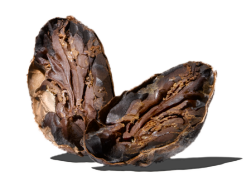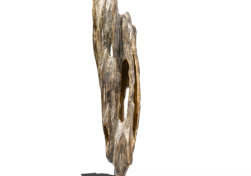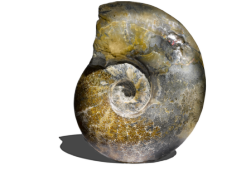Artisans have always been the heart and soul of Italy. Although “haute couture” began in Paris in the early part of the 20th century, the great Italian ateliers emerged on the international stage in the 1950s thanks to the fashion pioneer Giovanni Battista Giorgoni. The entrepreneur cleverly persuaded US buyers to stop in Florence the day after the Paris collections, before flying back to America. Both buyers and press returned home inspired by what they saw, and Italian “alta moda” (or couture) was born. Three talented sisters, the celebrated Sorelle Fontana, led the way, the glamour of cinema immortalizing their designs in the public imagination when they unforgettably dressed Ava Gardner in The Barefoot Contessa and Anita Eckberg in La Dolce Vita. Giorgini cemented Italy’s fashion reputation internationally, and when he stopped hosting shows in Florence, Rome gradually took over. Galitzine, Lancetti, Fausto Sarli, Renato Balestra and Raffaella Curiel were among the many prestigious houses – the greatest though, were Valentino Garavani and Roberto Capucci. Both equal in genius in the pursuit of beauty, Valentino was more commercial and international, while Capucci, who never ventured into prêt-à-porter, was more known at home than abroad, memorably dressing Italian socialites in fantastical sculptural creations. With the rise of Italian prêt-à-porter, led by designers such as Walter Albini and Giorgio Armani in the 1970s and 1980s, Milan gradually eroded Rome’s position and turned the spotlight on itself. But today, there is a renewed focus on AltaRoma, as the assembly of Italian couture houses is known, showing twice a year in January and July, immediately after the haute couture shows in Paris. Currently under the stewardship of Silvia Fendi, the doyenne of celebrated Fendi accessories such as the Baguette bag, and granddaughter of the legendary house’s founders, its aim is to promote and sustain the extraordinary wealth of Italian artisanship passed down through the centuries. “AltaRoma has a specific vocation – that of treasurer of our artisanal heritage,” Fendi says, “as well as being a launch pad for innovative, creative people seeking to develop their international profile. Rome is now a scouting centre for global talent.” With the support of Vogue Italia editor Franca Sozzani, the best young designers are being discovered through the competition Who’s Up Next? Today, former winner Sergio Gambon is the creative director of Galitzine, and is one such talent continuing the tradition of haute couture in Rome. Most of the “hands” – as the top-level seamstresses are known – learned the craft at their grandmothers’ knee, sewing dresses for their dolls. Witnessing these unsung artisans at work in ateliers across Rome is enlightening and humbling, like observing the weavers of 15th-century tapestries. The care, precision and expertise given to each stitch recalls a true artist at work, and to know that this craft is being kept alive in a world of accelerated change, is a vital connection to the past that safeguards the integrity of haute couture.
Where to stay: The St. Regis Rome. A private visit to the Fendi atelier, design studio and boutique can be arranged for guests









